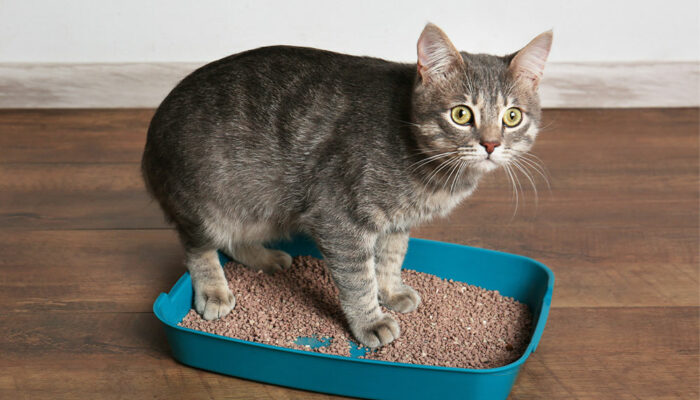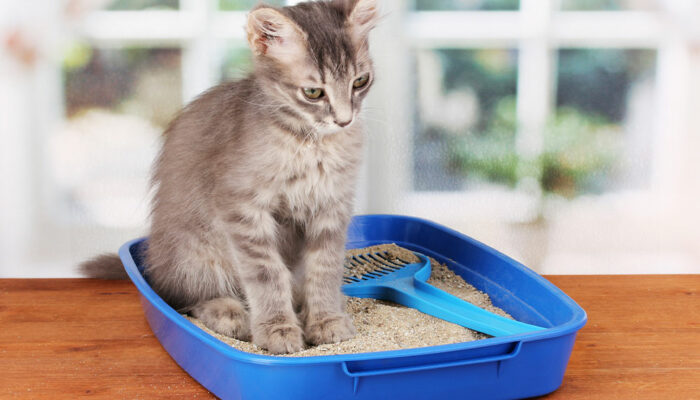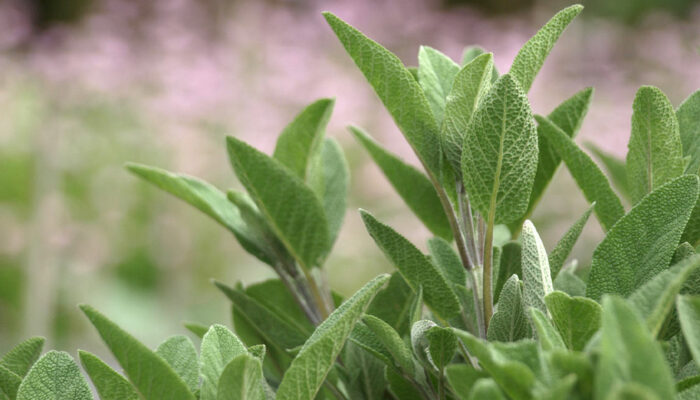
pets
4 human foods that are harmful to dogs
While human foods like fish and milk are safe for dogs, certain other options can harm their health and cause allergic reactions. Unfortunately, many pet parents don’t know this and continue to feed their four-legged friends from their own plate. Keeping this in mind, we’ve put together a list of human foods that are harmful to dogs, including the Chihuahua breed, and some pet food brands like Royal Canin ® and Purina ® that provide healthy alternatives. Chocolates Chocolates are toxic for all dogs, but Chihuahuas and other small breeds can have a more intense reaction. Chocolates have a compound called theobromine, which dogs can’t handle. While some dogs may vomit and suffer from diarrhea, others may experience seizures, tremors, or irregular heartbeat. Xylitol (artificial sweetener) Xylitol is an artificial sweetener found in non-sugary gums, cakes, mints, and candy. Ingestion of this substance may interfere with a dog’s blood sugar levels. The smaller the dog, the more the impact. Other foods that have xylitol include peanut butter, jellies, jams, and fruit drinks, to name a few. Grapes and raisins These tiny foods that are super delicious for us humans can cause severe reactions among dogs when ingested in large quantities.
Read More 








